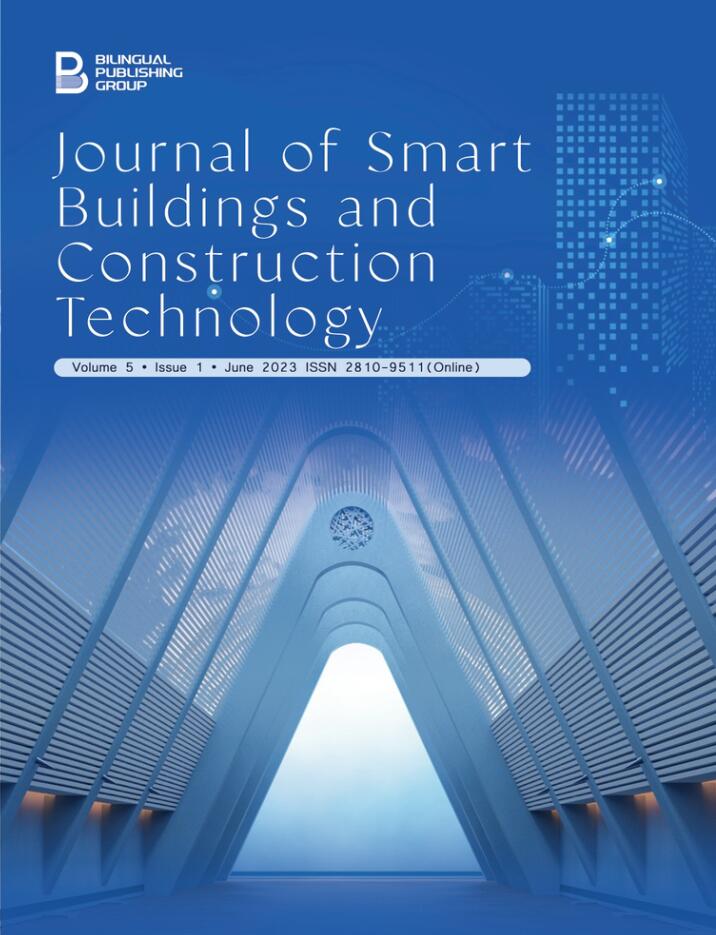-
155
-
155
-
144
-
121
-
92
Analytical Study on the Effect of Electric Arc Furnace Dust (EAFD) on the Rutting of Asphalt Concrete Mixtures
DOI:
https://doi.org/10.30564/jsbct.v5i1.5584Abstract
As a byproduct of the steelmaking process, significant amounts of hazardous electric arc furnace dust (EAFD) are produced. Utilizing the solidification/stabilization technology with asphalt mix is one way to safeguard the environment from its negative effects. Rutting was used as an indicator to assess the asphalt mixture with EAFD since it is an important factor in pavement design. This study's major goal is to ascertain how EAFD affects the rutting of asphalt-concrete mixtures. To evaluate the ideal asphalt content, the Marshall test method was applied to asphalt concrete mixtures. EAFD was added to the asphalt cement in four different volume percentages as a binder addition. Then, using the Universal Testing Machine, participants were exposed to a replica of the rutting test (UTM). Experiments were conducted at 25, 40 and 55oC, and at frequencies of 1, 4 and 8 Hz. Rutting was measured for each specimen. Tests results showed that while rut depth has negative correlation with of EAFD% and positive correlation with the temperature. The use of EAFD has dual advantages, protecting the environment from the adverse impact of EAFD and reducing the cost of asphalt mix without jeopardizing the pavement performance.
Keywords:
EAFD; Rutting; Asphalt mixtures; Temperature; Loading frequenciesReferences
[1] Sofilić, T., Rastovčan-Mioč, A., Cerjan-Stefanović, Š., et al., 2004. Characterization of steel mill electric-arc furnace dust. Journal of Hazardous Materials. 109(1-3), 59-70.DOI: https://doi.org/10.1016/j.jhazmat.2004.02.032
[2] Alsheyab, M.A., Khedaywi, T.S., 2013. Effect of electric arc furnace dust (EAFD) on properties of asphalt cement mixture. Resources, Conservation and Recycling. 70, 38-43.
[3] UN ECE, 1999. Steel series: Iron and steel scrap. UN: New York/Geneva. pp. 141-155.
[4] Cifrian, E., Dacuba, J., Llano, T., et al., 2021. Coal fly ash—Clay based geopolymer-incorporating electric arc furnace dust (EAFD): Leaching behavior and geochemical modeling. Applied Sciences. 11(2), 810. DOI: https://doi.org/10.3390/app11020810
[5] de Araújo, J., Schalch, V., 2014. Recycling of electric arc furnace (EAF) dust for use in steel making process. Journal of Materials Research And Technology. 3(3), 274-279. DOI: https://doi.org/10.1016/j.jmrt.2014.06.003
[6] Fernández-Olmo, I., Lasa, C., Irabien, A., 2007. Modeling of zinc solubility in stabilized/solidified electric arc furnace dust. Journal of Hazardous Materials. 144(3), 720-724.
[7] Mcdevitt, B., Karkkainen, R., Sacris, E., et al. (inventors), 2005. Process for hydrometallurgical treatment of electric arc furnace dust. US patent. 60,650,014. 2005 Feb 4.
[8] Walubita, L.F., van de Ven, M.F.C. (editors), 2000. Stresses and strains in asphalt-surfacing pavements. South African Transport Conference; 2000 Jul 17-20; South African. Action in Transport for the New Millennium. pp. 17-20.
[9] Huang, Y.H., 2004. Pavement analysis and design. Pearson Prentice Hall: New Jersey.
[10] Terrel, R.L., Epps, J.A., 1998. Using additives and modifiers in hot mix asphalt. National Asphalt Pavement Association, Quality Improvement Series. 114, 1-88.
[11] Alsheyab, M.A.T., Khedaywi, T.S., 2017, Dynamic creep analysis of Electric Arc Furnace Dust (EAFD)—Modified asphalt. Construction and Building Materials. 146, 122-127.
Downloads
How to Cite
Issue
Article Type
License
Copyright © 2023 Mohammad A.T. Alsheyab,Taisir S. Khedaywi

This is an open access article under the Creative Commons Attribution-NonCommercial 4.0 International (CC BY-NC 4.0) License.




 Mohammad A.T. Alsheyab
Mohammad A.T. Alsheyab





